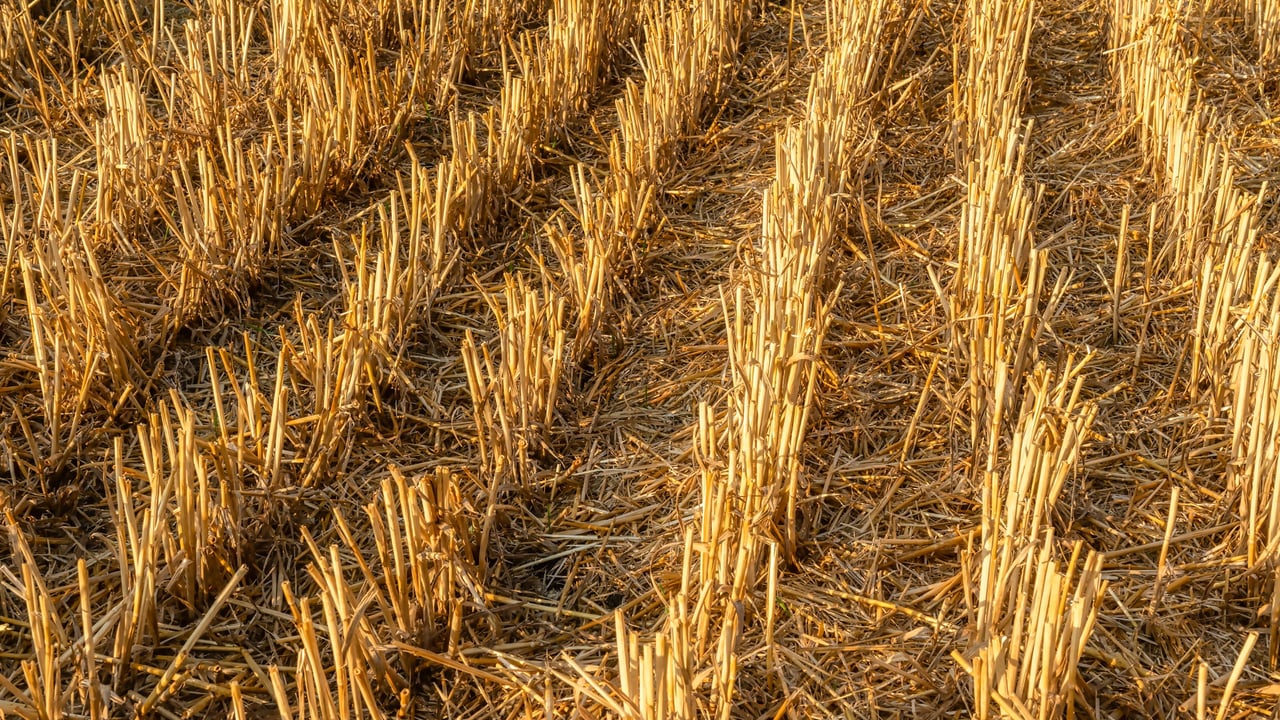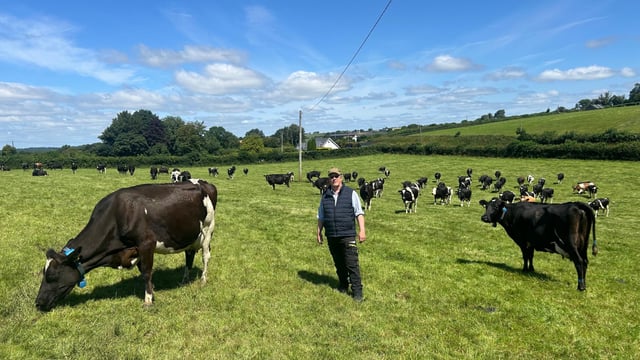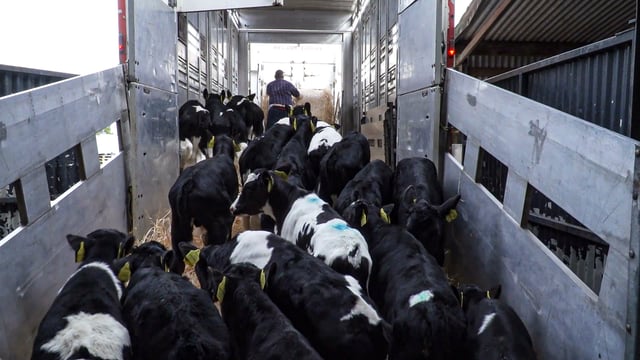Tillage: The dos and don'ts of stubble cultivation
Teagasc is reminding tillage farmers of the strong links that exist between the Nitrates’ Directive and stubble cultivation measures.
This is a relevant point, given the growing expectation that harvest 2025 may well be completed much earlier this year than would normally be the case.
The Nitrates Directive is designed to prevent pollution of surface waters and groundwater from agricultural sources, and to protect and improve water quality.
As part of this obligation, tillage farmers are now required to take measures to establish green cover as soon as possible post-harvest to prevent the pollution of waters caused by nitrates.
Shallow cultivation or sowing of a crop/catch crop must take place within 10 days of the baling of straw or, where straw is chopped, within 10 days of harvest.
In all circumstances, shallow cultivation or sowing of a crop/catch crop must take place within 14 days of harvesting.
Shallow cultivation is not required where land is destined for winter combinable crops, which are sown before October 31.
The technique is only applicable to counties: Carlow, Cork, Dublin, Kildare, Kilkenny, Laois, Louth, Meath, Offaly, Tipperary, Waterford, Westmeath, Wexford; and Wicklow.
Where shallow cultivation is required, a minimum of 20% and a maximum of 25% of cereal land must be retained as stubble in order to provide a winter foraging habitat for seed-eating birds and mammals.
However, it is allowable to have less than 20-25% retained stubble due to winter crops or catch crops.
Teagasc is also pointing out that glyphosate can no longer be used for harvest management.
This applies to all crops, including oilseed rape, and was one of the key changes when glyphosate was re-registered last year (2024).
Specifically, the pre-harvest application of glyphosate on beans is no longer allowed in any circumstances,
The herbicide's use for the harvest management of oilseed rape is also prohibited. Glyphosate can now only to be used on the crop as a weed control measure - the same as for cereals,
Pre-harvest weed control in cereals using glyphosate is only allowed when the crop is at or beyond the hard dough stage and grain/seed moistures are less than 30%,
The grassland destruction maximum rate is now 4L/ha - it was 6L/ha,
Where post-planting and pre-crop emergence are concerned, the maximum application rate for glyphosate is now 1.33L while the maximum rate for non-crop areas is now 5L/ha - it was 6L/ha.
The aforementioned application rates are based on a glyphosate concentration of 360g/L of product.





